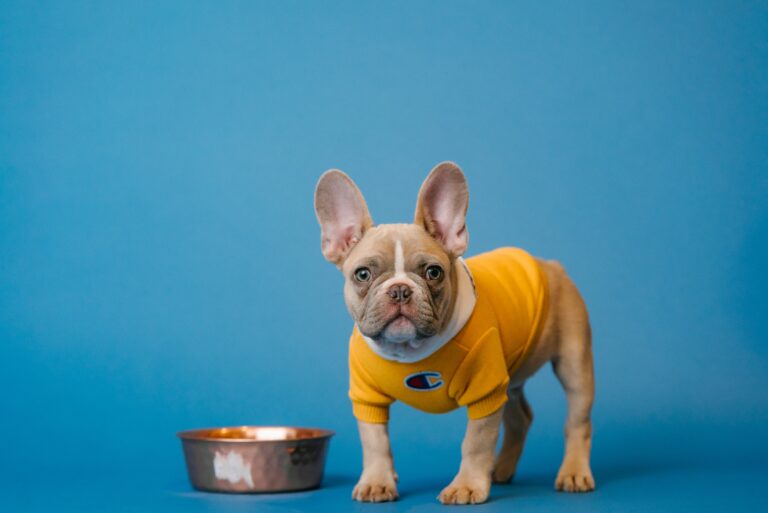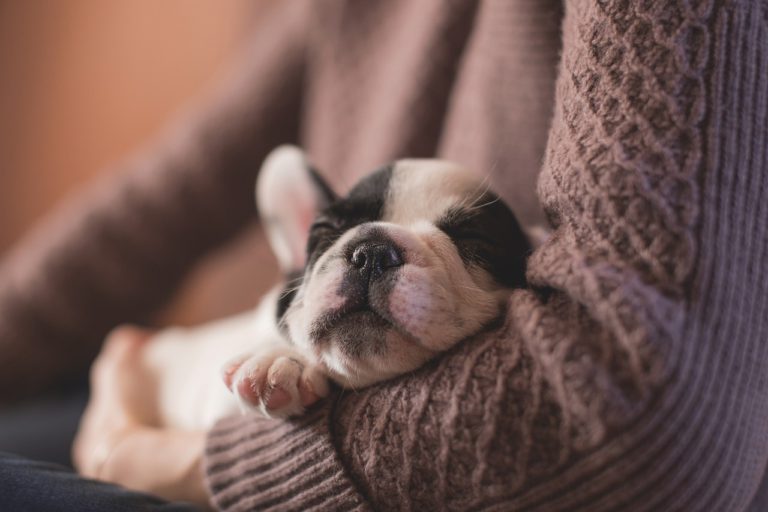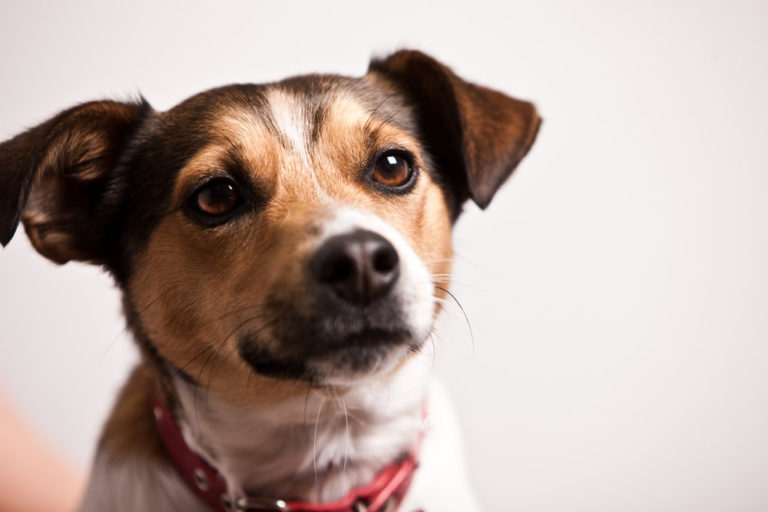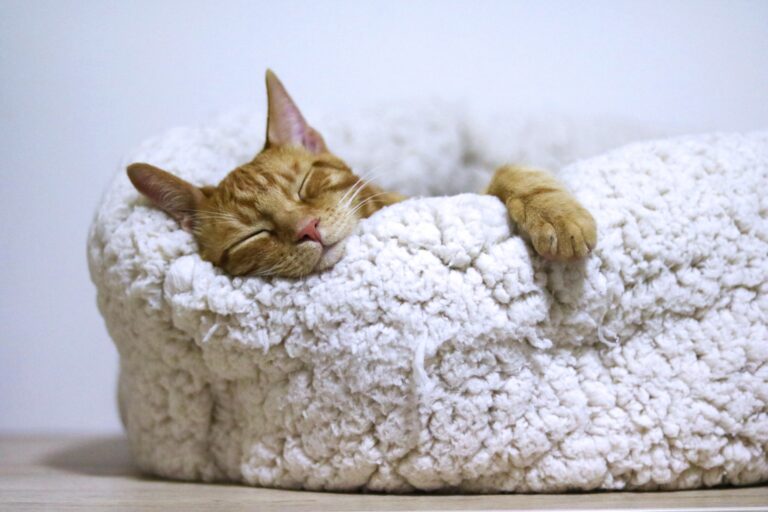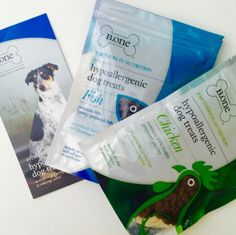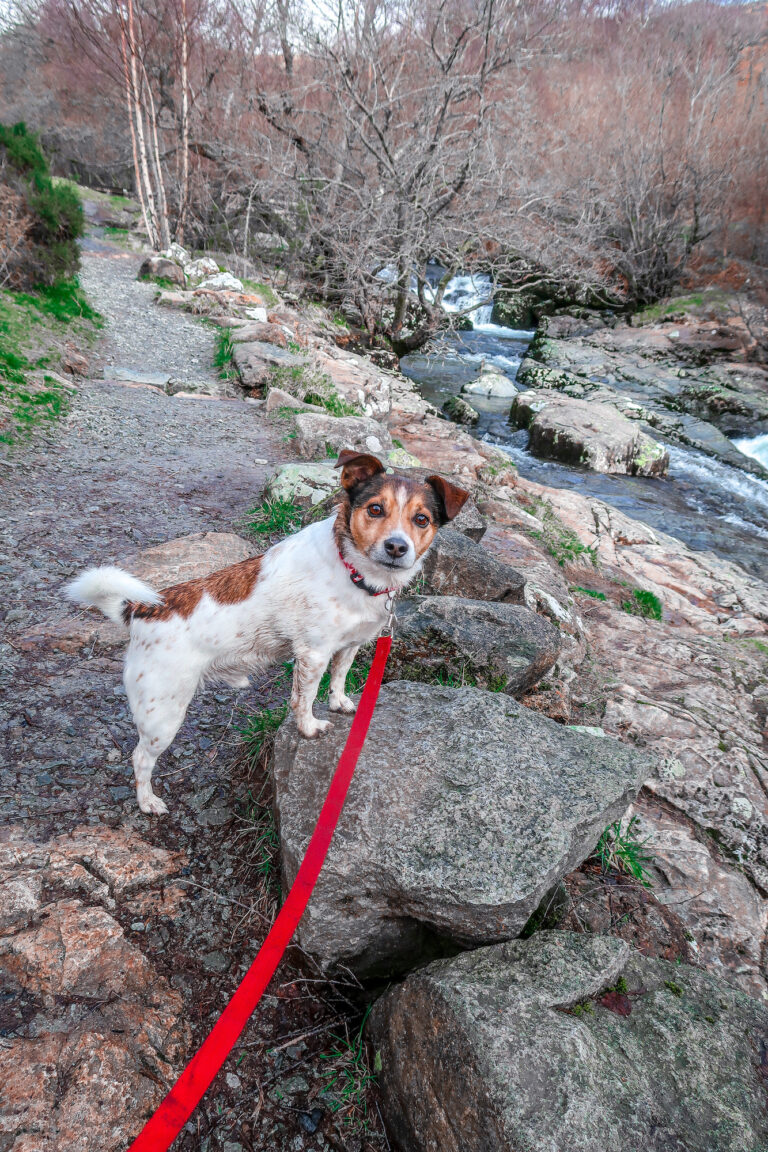How to Treat Your Dog After Surgery
The prospect of your dog undergoing surgery is scary enough, but getting through the operation is only the beginning. The recovery period after surgery is critical, which is why your vet will send you home with a list of detailed instructions.
While helpful, these tips don’t really explain the “how-to” behind puzzling dilemmas. Like how do you get your dog to stop licking the incision when it’s their natural instinct to clean a wound by licking? That’s why we’ve compiled a list of helpful tips on how to treat your dog in the weeks following a surgical procedure.
How to Treat Your Dog After Surgery
Prepare a quiet, indoor space for your dog to recover
As with humans who’ve undergone surgery, your dog will need to recover in a quiet, low-traffic area of the house that can be closed off to kids and other pets. A bathroom is idealas it makes for easy clean-up should your dog vomit or have an accident.
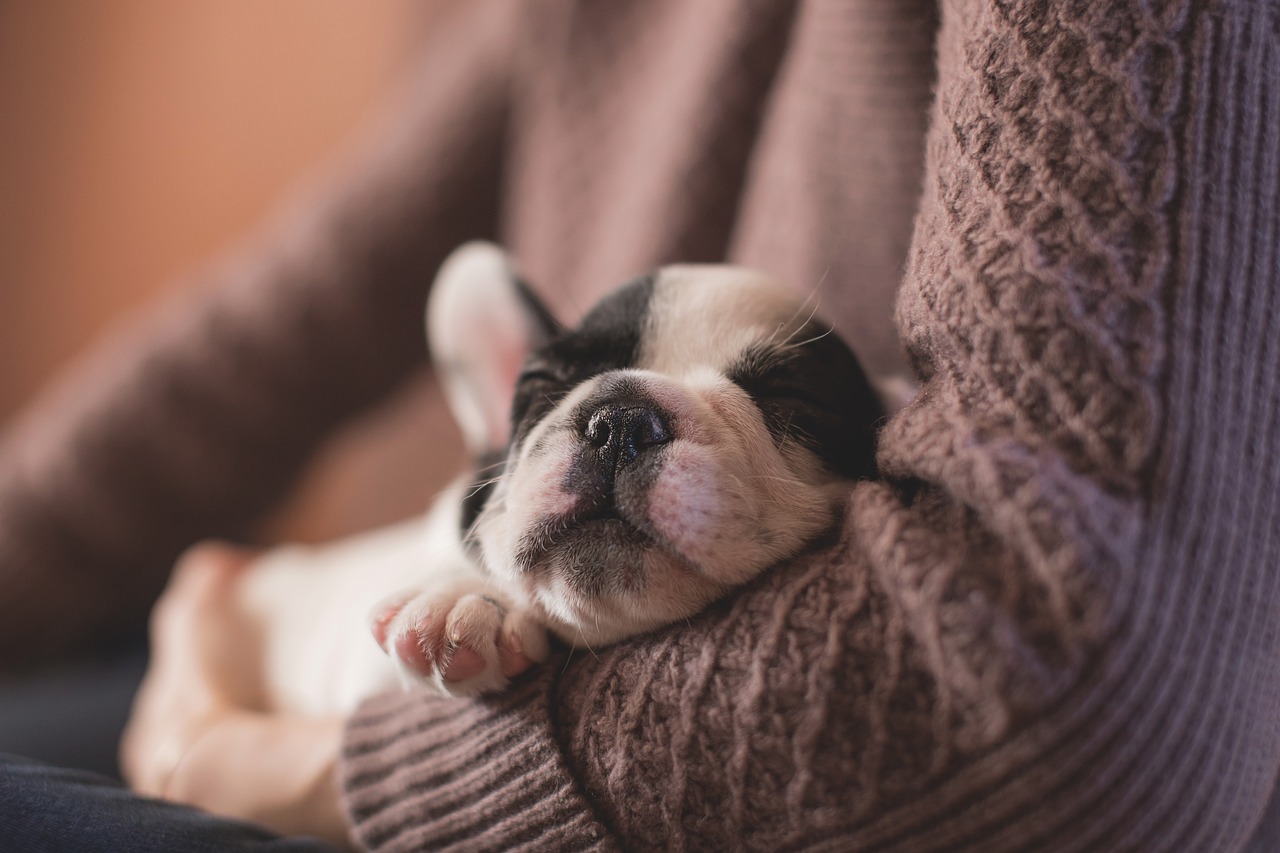
Consider an inflatable E-collar
The wide collar of a plastic or fabric E-collar might make it difficult for your dog to access its food and water bowls. Inflatable E-collars are soft, doughnut-shaped collars that provide a comfortable barrier. While taking up much less room around your dog’s head than a traditional E-collar.
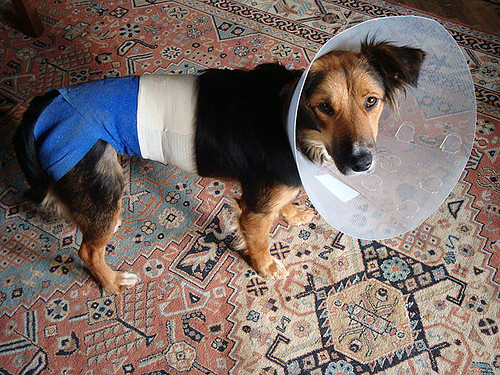
Avoid outdoor activities as much as possible
Long walks, running, and outdoor games should be avoided until you get the okay from your vet. Instead, play gentle indoor games and keep your dog from jumping on and off the furniture.
Consider using an orthopaedic dog bed
Your dog will sleep a lot more than normal after the surgery. So it’s important to provide the most comfortable bed possible. Orthopaedic dog beds are especially helpful during this time since they provide extra support for the spine, muscles, and joints.
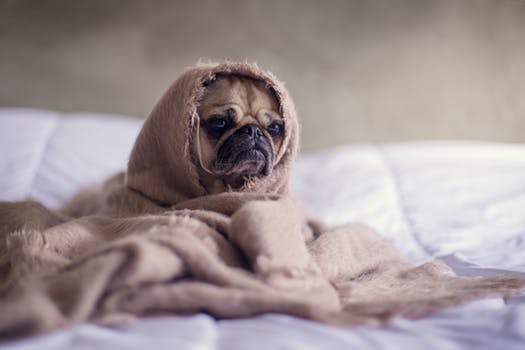
Clean the wound as directed by your veterinarian
It’s critical that you follow your vet’s instructions to the letter in terms of when and how often you clean your dog’s wound. Additionally, keep the dressing as dry and clean as possible, since wet bandages can increase the risk of an infection.
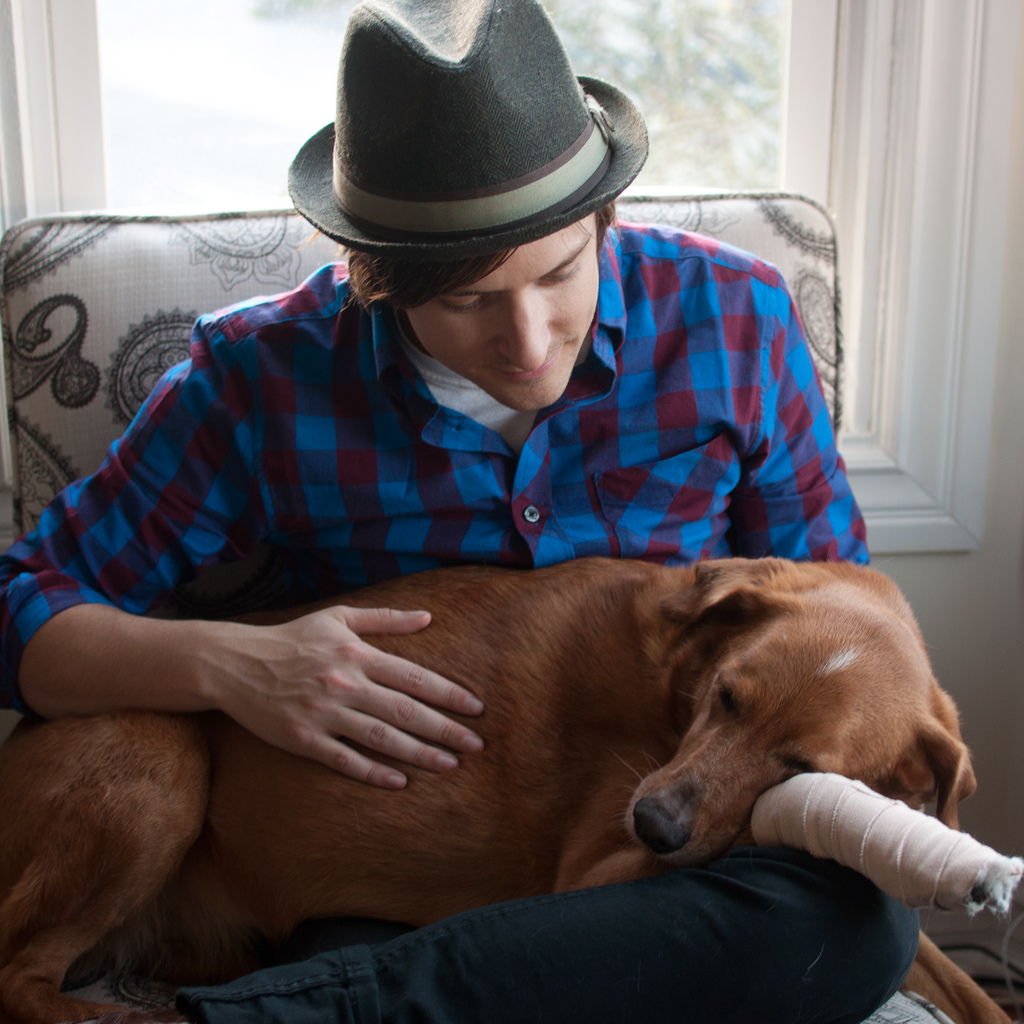
Stick to the diet plan recommended by your vet
Your dog’s recovery diet may include a high-quality, all-natural dog food, or a “light and white” diet of foods such as rice and chicken. Sticking to the recommended diet is one of the most effective ways to ensure that your dog recovers in a timely manner.
Related Read;
Don’t miss any follow-up appointments
Even if your dog seems back to normal, there may be post-surgery complications that can only be detected by your vet. It’s also in your dog’s best interest to have things like stitches and sutures removed by your vet or a veterinary technician.

While the recovery period can be a scary and frustrating time for both you and your dog, remember to be patient and positive, since dogs can sense their owners’ anxiety. Most importantly, don’t hesitate to call your vet right away if you suspect a problem.
Conclusion
The prospect of your dog undergoing surgery is daunting, but the journey doesn’t end with the operation itself. The recovery period is crucial, and following your vet’s instructions is vital for ensuring your pet’s swift and smooth healing.
Firstly, prepare a quiet, indoor space for your dog to recover away from distractions and other pets. Consider using an inflatable E-collar to prevent your dog from licking the incision, as these are more comfortable and less obstructive than traditional collars. Limit outdoor activities and opt for gentle indoor play until your vet gives the all-clear. Providing an orthopedic dog bed can also enhance your dog’s comfort and support their joints during recovery.
Cleaning the wound as directed by your veterinarian and keeping the dressing dry is essential to prevent infection. Adhering to the prescribed diet plan can further support your dog’s healing process by ensuring they receive the necessary nutrients. Finally, don’t skip any follow-up appointments, even if your dog seems to be doing well, as these check-ups can identify and address any potential complications early.
By following these steps, you can help your dog recover more comfortably and efficiently, ensuring they return to their happy, healthy self as soon as possible.

